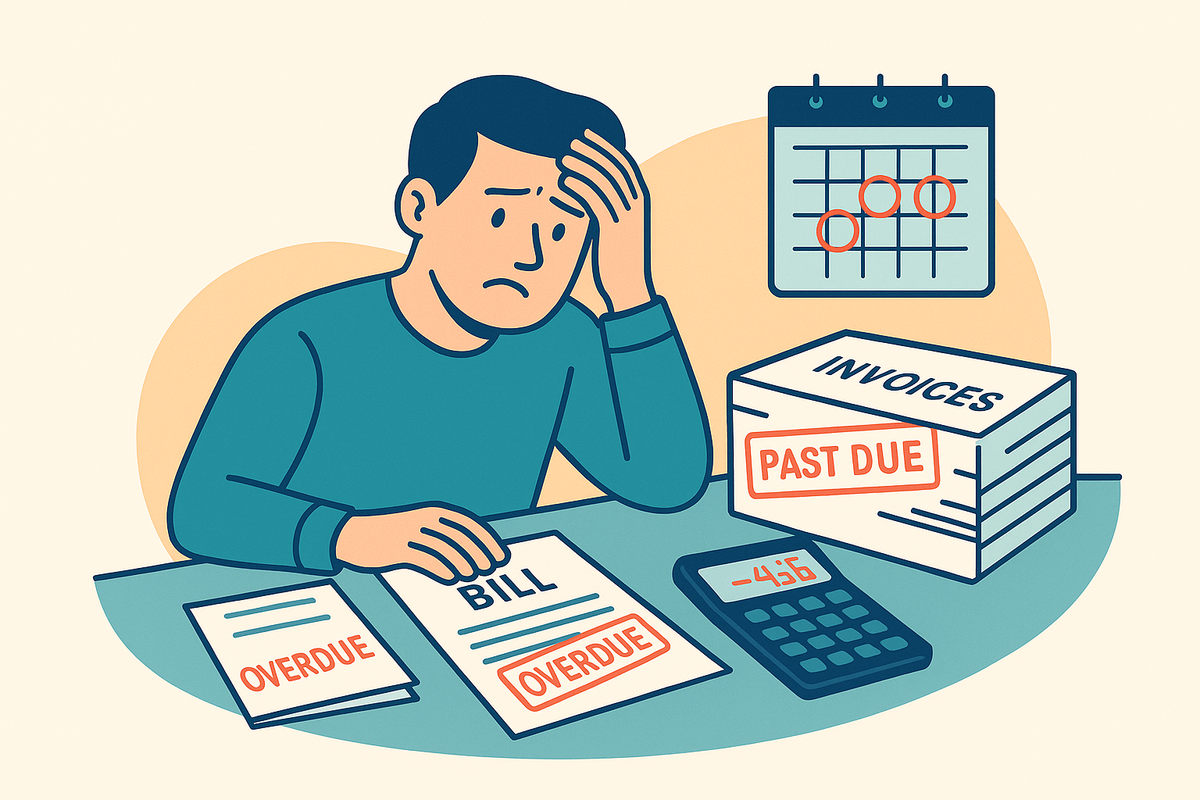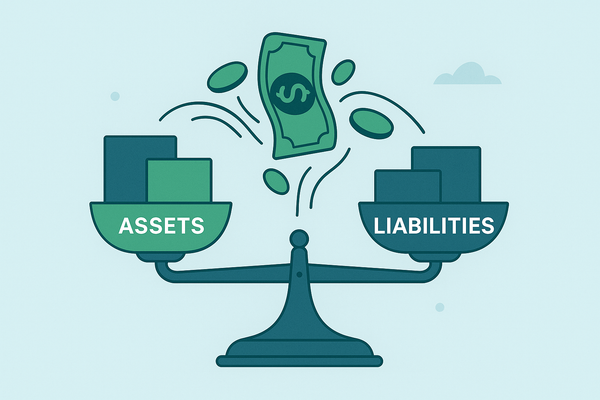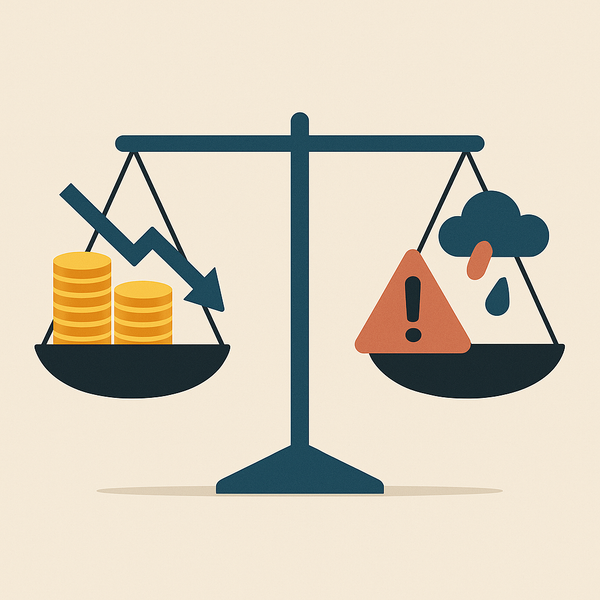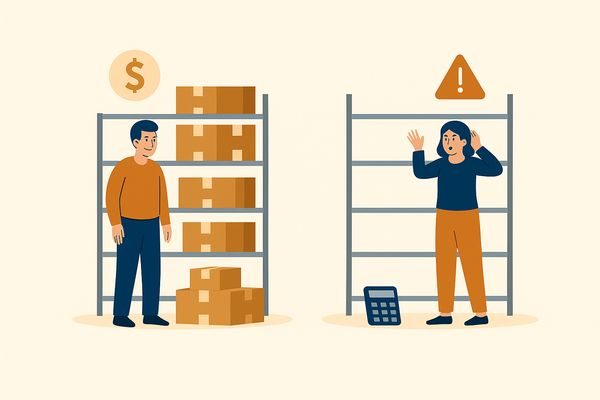7 Common Cash Flow Mistakes Small Business Owners Make (and How to Avoid Them)
Cash flow doesn’t have to be a mystery—or a headache. By avoiding these common mistakes, you’ll not only reduce stress but also set your business up for sustainable growth.

Introduction
Cash flow is the lifeblood of your business—but it’s also one of the most common reasons small businesses fail. Even profitable companies can run into serious trouble if their cash isn’t managed properly.
The good news? Most cash flow problems are avoidable once you know what to look out for. In this post, we’ll break down 7 of the most common cash flow mistakes small business owners make—and more importantly, how to avoid them.
1. Confusing Profit with Cash Flow
What it is: Many business owners see a healthy profit on their income statement and assume they’re financially in the clear. But profit is not the same as cash.
Why it matters: You can be profitable on paper but still not have enough cash in the bank to pay your bills. That’s especially true if you carry inventory, have outstanding invoices, or are growing fast.
How to avoid it:
- Use the cash flow statement alongside your profit and loss (P&L).
- Track actual cash in and out, not just revenue and expenses.
- Consider using cash flow forecasting tools or templates to visualize short-term liquidity.
For a more detailed explanation, check our most popular post 👉 Why Cash Flow is More Important Than Profit.
2. Poor Invoicing Practices
What it is: Delayed invoicing or unclear payment terms can cause a ripple effect on your cash flow.
Why it matters: If clients don’t know when to pay—or aren’t reminded to—you’re essentially giving them an interest-free loan.
How to avoid it:
- Invoice immediately after the work is done or product is delivered.
- Set clear payment terms (e.g., “Net 15” or “Due on receipt”) and include them on every invoice.
- Follow up on overdue invoices with friendly but firm reminders.
Our Cash Flow Smart experts prepared this Get Paid Faster: Best Practices in Accounts Receivable for Small Businesses
3. Not Planning for Seasonality
What it is: Assuming your current cash flow will continue uninterrupted year-round.
Why it matters: Most businesses experience natural highs and lows. If you don’t plan for the slow months, you might find yourself scrambling to make payroll or cover rent.
How to avoid it:
- Review past sales patterns to identify seasonal trends.
- Build a cash reserve during peak months to cover leaner times.
- Consider flexible cost structures (e.g., part-time staffing, variable expenses) that can adjust with the seasons.
4. Overestimating Future Sales
What it is: Making spending decisions based on overly optimistic projections.
Why it matters: It’s easy to justify big purchases or hires when you “expect” new clients or contracts. But when those don’t materialize, you’re left with a cash crunch.
How to avoid it:
- Create multiple cash flow scenarios: best case, expected, and worst case.
- Base major decisions on historical data, not hope.
- Always have a fallback plan if revenue falls short.
5. Carrying Too Much Inventory
What it is: Tying up cash in unsold products or materials.
Why it matters: Inventory isn’t cash—it’s cash you can’t spend. Excess stock also adds storage costs and risk of obsolescence.
How to avoid it:
- Implement just-in-time inventory practices where possible.
- Monitor inventory turnover rates regularly.
- Use demand forecasting tools to better align supply with actual needs.
6. Relying Too Heavily on Credit
What it is: Using credit cards, lines of credit, or loans as a primary way to cover short-term cash gaps.
Why it matters: Debt can be a helpful tool—but if it becomes a habit, interest costs pile up and flexibility shrinks.
How to avoid it:
- Use debt strategically, not routinely.
- Focus on improving receivables and managing payables instead.
- Build a 3–6 month cash cushion to reduce dependency on external funding.
7. Failing to Monitor Cash Flow Regularly
What it is: Only looking at your cash flow when there’s a problem.
Why it matters: By the time you notice a cash crunch, it may be too late to recover without drastic action.
How to avoid it:
- Make cash flow reviews a weekly habit, not a monthly afterthought.
- Set up alerts or dashboards in your accounting software.
- Use simple tools like a rolling 13-week cash flow forecast to stay ahead.
Quick Cash Flow Self-Check
Ask yourself:
✅ Do I have a clear picture of my cash position today and next month?
✅ Are my customers paying on time—or are receivables piling up?
✅ Am I making decisions based on actual cash, not projected revenue?
✅ Do I know my seasonal patterns and plan accordingly?
If you answered “no” to any of the above, there’s a good chance your business could benefit from a better cash flow strategy.
Conclusion
Cash flow doesn’t have to be a mystery—or a headache. By avoiding these common mistakes, you’ll not only reduce stress but also set your business up for sustainable growth.
Remember: Revenue is vanity, profit is sanity, but cash is king.
Sign up 👇 today to get more actionable tips and resources to grow your business with smart cash flow!




